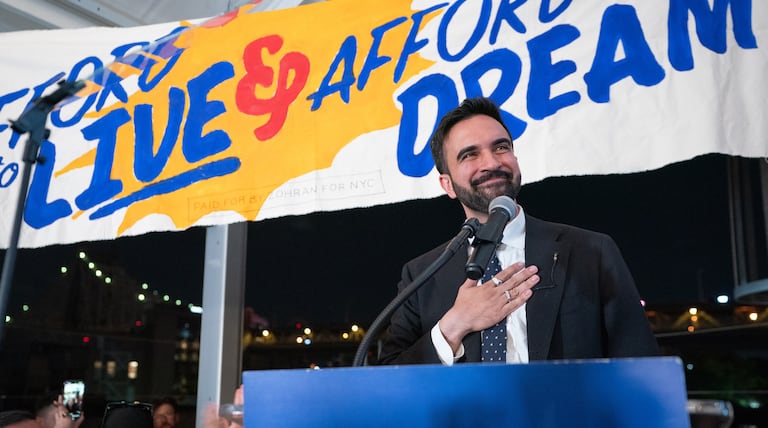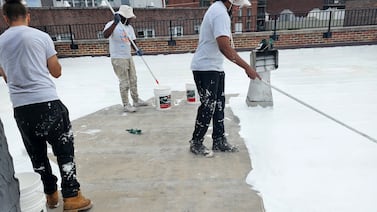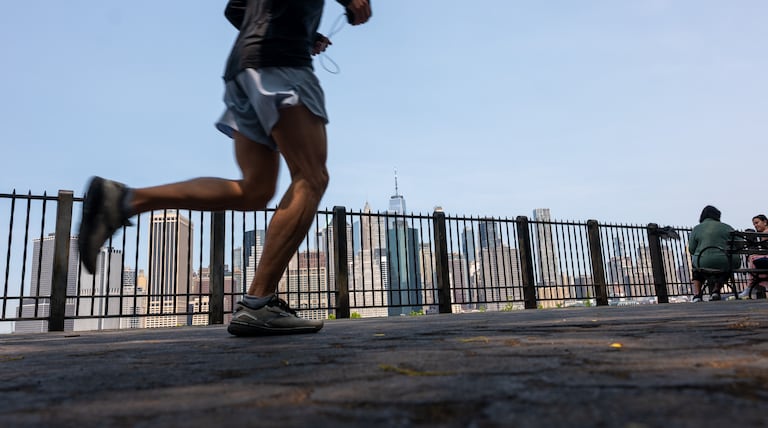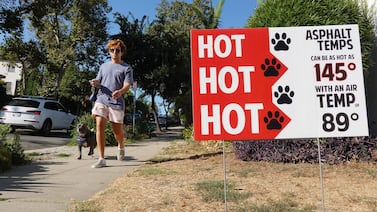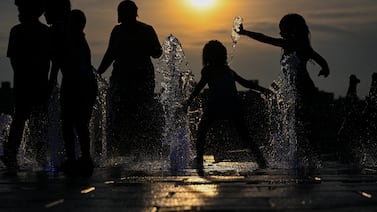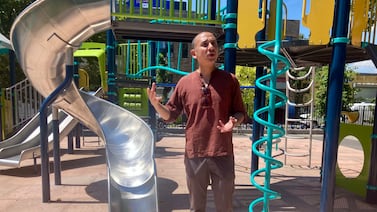Extreme Heat
Zohran Mamdani's health proposals, a win for Medicare recipients, and low Covid levels round out this week's dose of health news.
Studies show that in non-air-conditioned residential buildings, 'cool roofs' can lower maximum indoor temperatures by 2.2 to 5.9°F.
An extreme heat warning was in effect for New York City on Tuesday. As summers get hotter, high temperatures are an increasingly dangerous public health threat.
Next week, parts of New York could see high temps reach 100°F. Because our bodies gradually adapt to heat as the summer progresses, we’re especially vulnerable in June.
In the United States, extreme heat is the primary cause of weather-related deaths, posing a significant threat to public health.
As climate change drives up temperatures and the risk of heat-related illnesses in New York, public health leaders and researchers are paying more attention to heat surveillance.
'The heat risk in one neighborhood is actually dramatically different than the heat risk in another neighborhood, and we have almost no information on that,' said Brian Stone, a professor who runs the Urban Climate Lab at Georgia Tech.
Federal staff cuts and delayed funding limit access to the Home Energy Assistance Program, which helps over a million people across the state pay bills and get air conditioning units.
A nascent but growing body of research shows that a large proportion of adolescents and young adults, in the United States and abroad, feel anxious and worried about the impact of an unstable climate in their lives today and in the future.
“Immigration is a social determinant of health,” according to the new State of the Latino Community report.
Laborers have suffered in extreme temperatures triggered by climate change. Deaths aren’t inevitable, researchers say: Employers can save lives by providing ample water and breaks.
Climate change is increasing the frequency and intensity of extreme heat, which is already the No. 1 weather-related killer in the U.S.
New York City summers are only getting hotter. Doctors, scientists, city planners and community advocates are looking to longer-lasting solutions to bring down the temperature and fight the public health threat of extreme heat.

